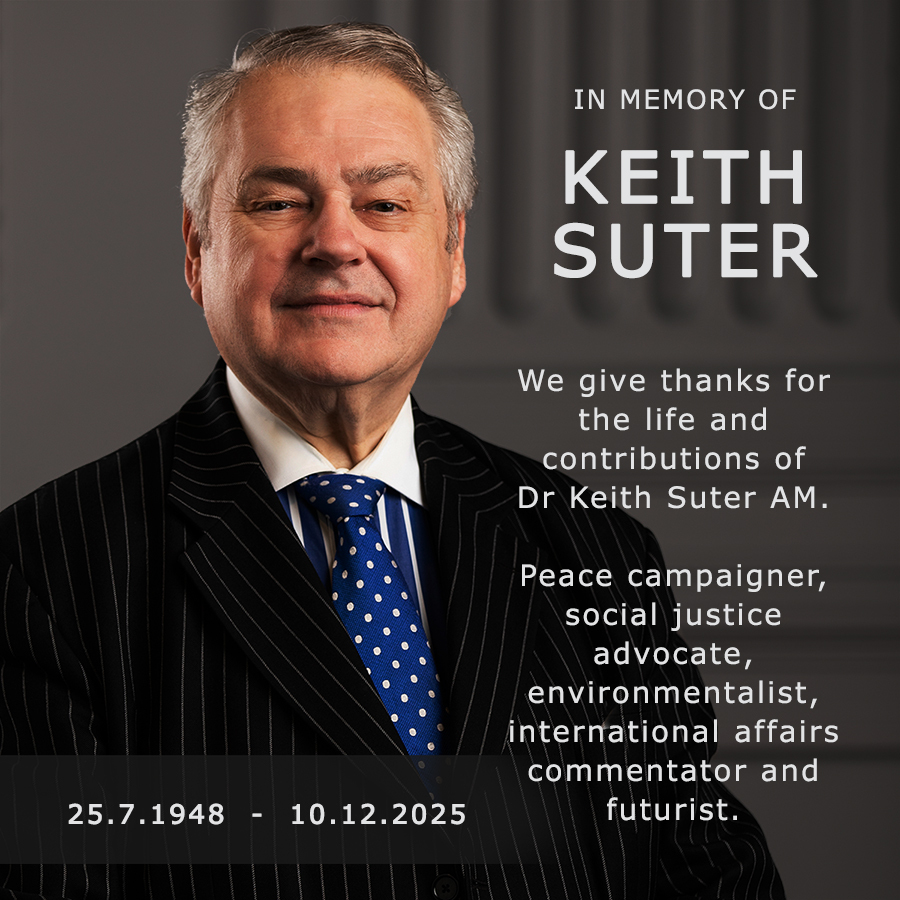
Archive Article: Ageing Australia. 17th April 98.
December 27, 2008
The Australian Minister for Family Services, Warwick Smith, announced last November that the Government would as a matter of priority commence the development of a National Strategy for an Aging Australia. That is a good decision. It is worth noting that New Zealand has already started on that track.
Leading New Zealand businessperson Sir Ross Jansen was asked by his Government in 1996 to chair the Prime Ministerial Task Force on Positive Aging. The Task Force was asked to “…involve the people of New Zealand in developing a long-term view of the positive place of older people in our communities”. Thousands of New Zealanders were, in fact, willing to be involved. The Final Report was published last year: Facing the Future: A Strategic Plan. It is model of clarity. It is short and to the point.
The Report’s vision was that of: “people aging confidently with increasing richness of life”. That is in itself a bold statement. Many Australians, anyway, do not age confidently. For example, the recent confused debate over aged care has left many older Australians and their relatives feeling anxious about the future of aged care in this country. The Hawke and Keating Governments are to be criticized for their lack of attention to aged care, while the Howard Government, which has given some attention to aged care, has done it so badly that people are troubled about their future.
The New Zealand report went on to argue that to meet the vision, requires, first, that everyone should have an understanding of the aging process and being older, and planning and preparing for the future while participating and contributing to society in the present.
Second, individuals, families and communities should begin at an early age to share the responsibility for achieving healthy, secure and fulfilling lives for themselves and those around them.
Third, older members of society should enjoy the respect and support of a caring community whose values, attitudes and behaviour they helped to shape and continue to influence by the contributions they make.
The Report contains many novel observations. For example, the traditional life-style is that of education then work then retirement. Formal education is largely completed by late teens or early twenties, paid working life is 40 or 45 years of hectic activity and saving, while retirement is viewed as an inevitable, increasingly lengthy and generally non-reversible status until death.
The New Zealand report talks about a cyclical life-style. In other words, people will move through periods of education, paid and unpaid work, care-giving and leisure for the whole of a person’s life. Indeed, perhaps “retirement” as a word may go.
It is a criminal waste of human potential to discard people at some standard age of 65 or 70. A person retiring today could spend as much as a half of their life in retirement. They are needed within society. This Report shows how it could be done.

